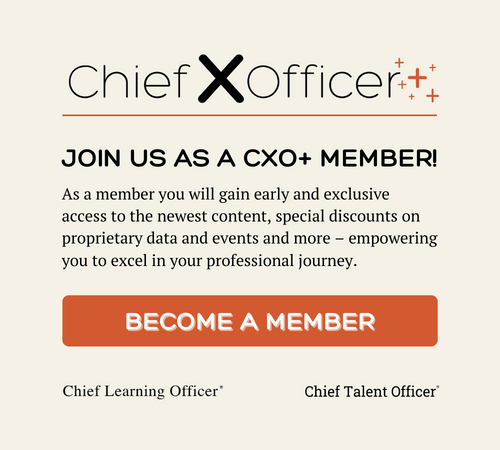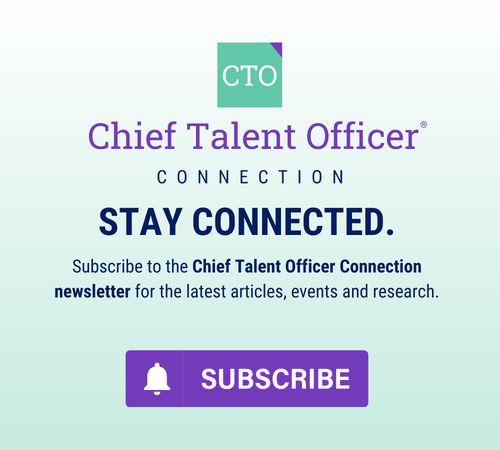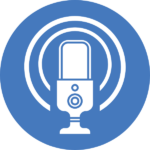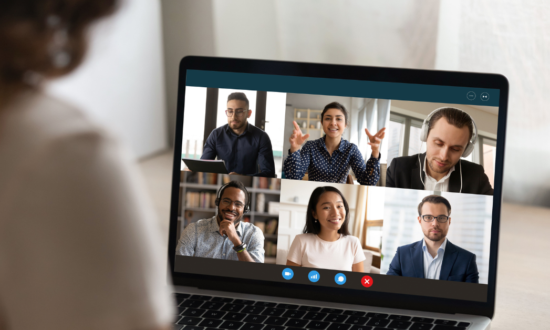I was struck by Work Friend’s initial response in their popular New York Times career advice column about working with a neurodiverse colleague. Though they ultimately reconsidered and offered thoughtful reflection, their first reply felt reductive: The letter described a colleague as lacking emotional intelligence and framed his behavior as a diversity issue because he was “on the spectrum,” prompting the columnist to dismiss him as a “lost cause” in need of intervention rather than support. “This guy is obviously a lost cause… his managers need to intervene and rectify this situation—and NOT just by having him take classes in emotional intelligence.”
As a neurodivergent leader, I’m used to navigating systems that weren’t built with my brain in mind. However, Work Friend’s response reminded me: Empathy is a necessary but insufficient condition for true inclusion. To build inclusive spaces, we must commit to intentional design. And for organizations struggling with talent retention and innovation, how we develop neurodiverse leadership talent may be an untapped competitive edge.
Why most leadership development doesn’t serve neurodivergent talent
Too often, leadership development and coaching rely on unspoken norms: fast processing, abstract strategy and assumptions about emotional expression and interpersonal boundaries. Coaching jumps to “mindset” before clarifying observable behaviors. For neurodivergent professionals like myself, this is disorienting, and it contributes to the neurodivergent glass ceiling by creating barriers to advancement that have nothing to do with our leadership capacity.
We can do better. And Universal Design for Learning, a framework grounded in cognitive neuroscience, gives us a path forward.
What is UDL and why it matters to learning leaders
UDL was originally developed for classroom learning, but it applies powerfully to professional learning and leadership development. It rests on three core principles:
- Multiple means of engagement: the “why” of learning—choice, relevance, emotional safety and autonomy. In leadership contexts, this means offering various entry points to material based on personal motivation and creating psychologically safe environments where diverse thinking styles are validated.
- Multiple means of representation: the “what”—presenting content in varied formats (verbal, visual, experiential). For leadership development, this translates to delivering key concepts through multiple channels simultaneously: discussion-based learning plus visual frameworks, concrete examples and hands-on application.
- Multiple means of action and expression: the “how”—flexibility in how participants process, practice and demonstrate learning. In my experience coaching leaders, this principle transforms development by recognizing that how someone demonstrates leadership competency might look different than traditional expectations.
The most common metaphor is the curb cut: Originally created for accessibility, but useful for everyone. Similarly, when applied to coaching and talent development, UDL helps create environments where all leaders can thrive. For example, in a recent leadership offsite, we structured our training using multiple engagement pathways: participants could reflect in writing, join a small-group dialogue or use sticky notes to contribute anonymously to a collective brainstorm. This low-stakes, multi-modal design led to higher participation and surfaced ideas and voices from individuals who had previously stayed quiet in more traditional settings.
The link between UDL and psychological safety
True psychological safety isn’t about being nice or avoiding tension. As recent leadership research shows, it’s about clarity: people know how to participate, how they’ll be evaluated and what success looks like.
This is where UDL shines. It helps you:
- Set expectations clearly.
- Design inclusive participation norms.
- Give multiple ways to process and respond.
When learning environments are structured with clarity, predictability and autonomy, leaders are better equipped to contribute. For neurodivergent professionals, this can be the difference between surviving and thriving.
UDL in practice: 5 inclusive coaching and PD strategies
Offer breaks and pacing options. Even short pauses improve cognition and reduce overload. Build in silence, reflection and written processing time. Research from neuropsychology confirms that brief breaks boost brain function, particularly for those with attention regulation differences.
Use multiple formats. Pair verbal discussions with written summaries or visuals. Send agendas in advance. When facilitating leader development or cognitively demanding team meetings, I’ve found that providing materials 48 hours ahead allows neurodiverse participants to contribute more confidently during sessions. Similarly, I always pair verbal directions with a visual (on a slide or chart paper).
Normalize processing variation. Allow asynchronous contributions (follow-ups, prep questions) to support slower processors, social anxiety and sensory needs. This simple adjustment has revealed insights from team members who previously remained silent in rapid-fire discussions.
Promote agency. Give people choices in how they engage: group vs. solo, visual vs. verbal, digital vs. analog. When I implemented choice-based reflection in my leadership coaching, engagement and action-item follow-through increased by 40 percent.
Start with observable behaviors. Before diving into mindset or beliefs, define the ideal behavior. Ask for consent before going deeper. This respect for cognitive boundaries creates trust quickly and builds psychological safety.
Coaching neurodivergent leaders: Clarity before mindset
One of the most common pitfalls in coaching neurodivergent professionals is jumping to intention or belief. I’ve experienced this firsthand: being coached on “limiting beliefs” when what I really needed was clarity on expectations and a shared vision for excellence. Once the behavior was clarified, my mindset alignment was clear.
Effective coaching requires:
- Low-inference observations (what was said/done).
- Impact reflection (how it landed with others).
- Shared understanding (before coaching beliefs).
- Consent (to explore internal narratives).
Without these steps, coaching can feel invasive or misaligned, resulting in a mismatch between the coachee’s needs and the feedback being offered. This misalignment might look like attributing a leader’s behavior to a limiting belief when it’s actually a misunderstanding of expectations or communication norms. For neurodivergent leaders, assumptions can shut down engagement entirely and ultimately limit their impact and longevity.
UDL in action: The EPIC leadership program at AWS
One model that exemplifies UDL in leadership development is Richard Hua’s EPIC Leadership program at Amazon Web Services. EPIC—Empathy, Purpose, Inspiration, Connection—prioritizes emotional intelligence through accessible, structured design.
Here’s how it models UDL:
- Multiple modes of reflection and expression: The program integrates storytelling exercises, small-group discussions and written coaching prompts, allowing participants to engage through their preferred processing style.
- Emotional safety: Facilitators establish high clarity on participation expectations, explicitly stating that processing time is valued as much as rapid responses.
- Inclusive framing: The curriculum validates diverse leadership styles and communication norms, showcasing neurodivergent leadership strengths like pattern recognition and innovative problem-solving.
Hua describes the goal as helping people “feel safe, seen and supported.” That’s UDL in motion, and it works. EPIC is now one of AWS’s most requested programs globally.
Measuring success: How to know your UDL approach is working
Organizations implementing UDL principles in leadership development should look for these indicators of success:
- Increased engagement from previously quiet team members.
- More diverse problem-solving approaches and ideas being offered.
- Higher retention rates among neurodivergent talent.
- Leadership promotions reflecting greater neurological diversity.
- Participant feedback citing greater clarity and accessibility.
In my experience, implementing these principles consistently can result in strengthening the entire leadership pipeline.
What CLOs, CTOs and talent leaders can do now
If you’re ready to make your leadership development truly inclusive:
- Audit for clarity: Are expectations, participation formats and feedback systems explicit?
- Build in flexibility: Offer choices in pacing, format and modes of interaction.
- Name and normalize: Set norms that acknowledge and welcome neurodivergent processing.
- Coach with consent: Align on behavior first, then explore belief, only with permission.
The bottom line
UDL is about equity and effectiveness. When you design for neurodiversity, you raise the bar for everyone. As we look toward the future of work, organizations that master inclusive leadership development won’t just attract diverse talent—they’ll unleash innovative potential that conventional approaches leave untapped.
















